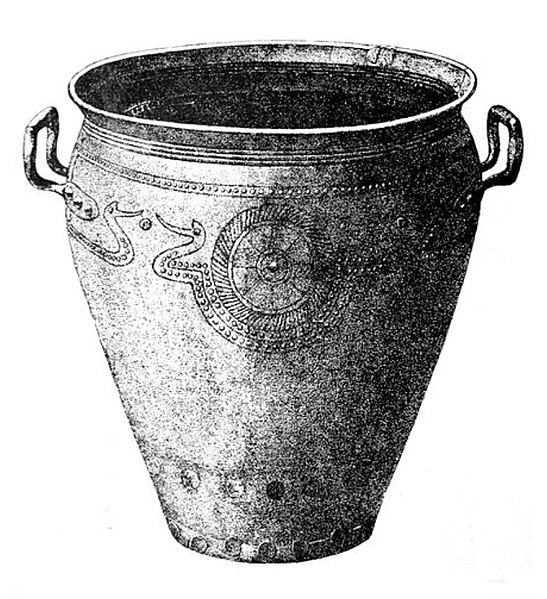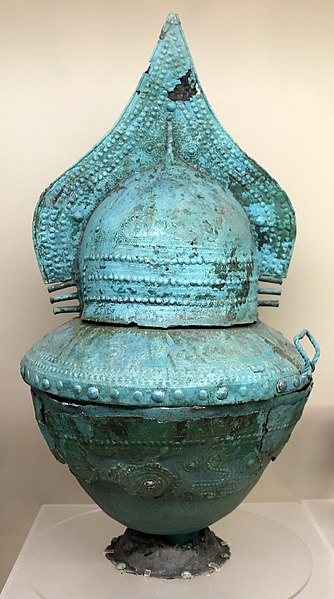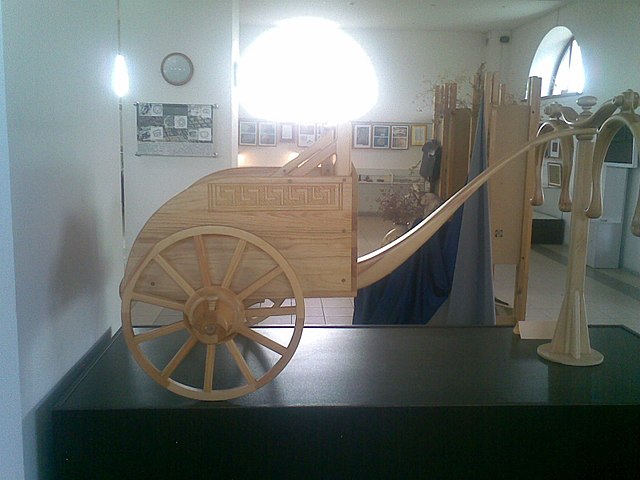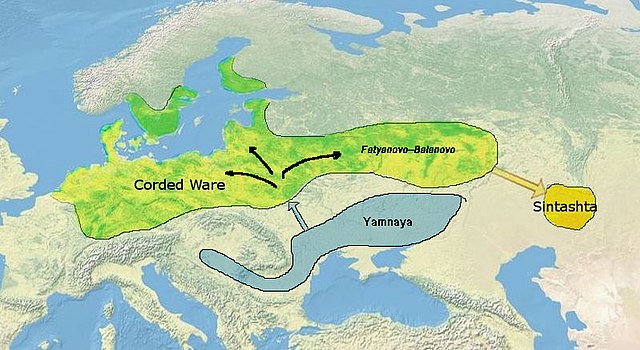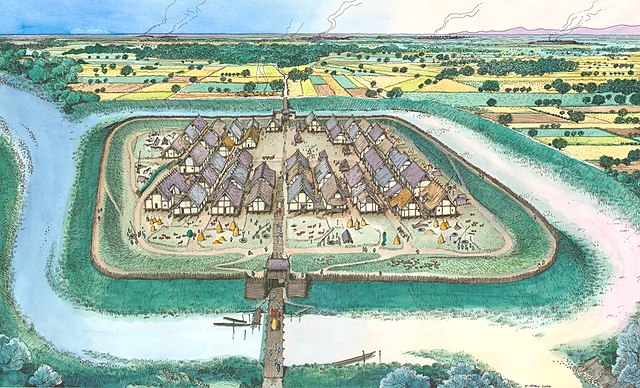The Urnfield culture was a late Bronze Age culture of Central Europe, often divided into several local cultures within a broader Urnfield tradition. The name comes from the custom of cremating the dead and placing their ashes in urns, which were then buried in fields. The first usage of the name occurred in publications over grave sites in southern Germany in the late 19th century. Over much of Europe, the Urnfield culture followed the Tumulus culture and was succeeded by the Hallstatt culture. Some linguists and archaeologists have associated this culture with a pre-Celtic language or Proto-Celtic language family. By the end of the 2nd millennium BC, the Urnfield Tradition had spread through Italy, northwestern Europe, and as far west as the Pyrenees. It is at this time that fortified hilltop settlements and sheet‐bronze metalworking also spread widely across Europe, leading some authorities to equate these changes with the expansion of the Celts. These links are no longer accepted.

Urnfield culture
Urnfield culture, bronze situla with bird-headed sun ship motif, Hungary, c. 1000 BC.
Villanovan cinerary urn with sun-bird-ship motifs, Italy, 8th century BC.
Bronze shield from Denmark with sun-bird-ship motifs, Nordic Bronze Age, c. 1100-700 BC.
The European Bronze Age is characterized by bronze artifacts and the use of bronze implements. The regional Bronze Age succeeds the Neolithic and Copper Age and is followed by the Iron Age. It starts with the Aegean Bronze Age in 3200 BC and spans the entire 2nd millennium BC, lasting until c. 800 BC in central Europe.
Gold 'Mask of Agamemnon', Greece, 1550 BC
Chariot model, Sintashta culture, Arkaim museum
Corded Ware, Yamnaya and Sintashta cultures
Illustration of a Terramare settlement


